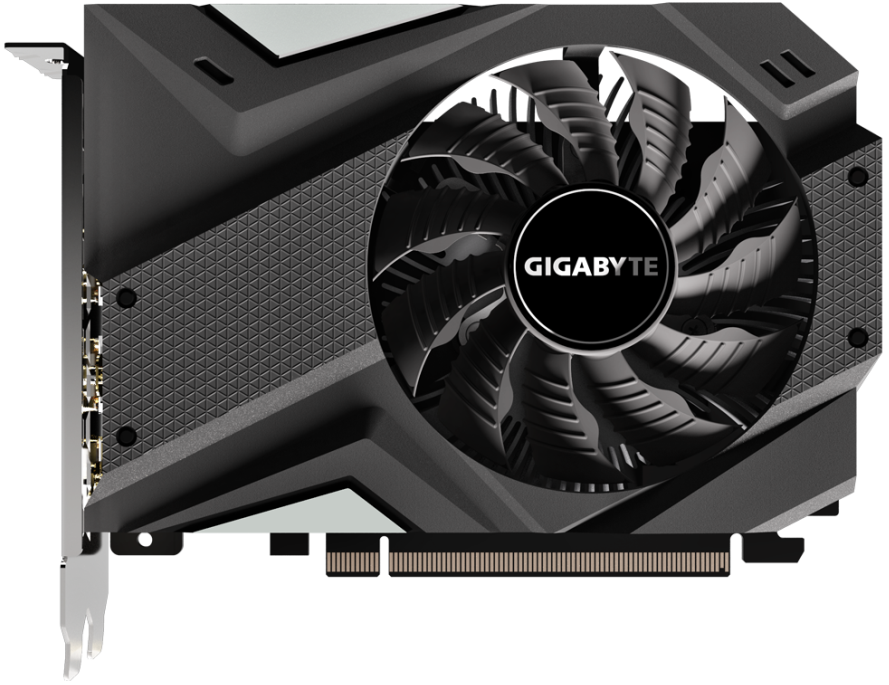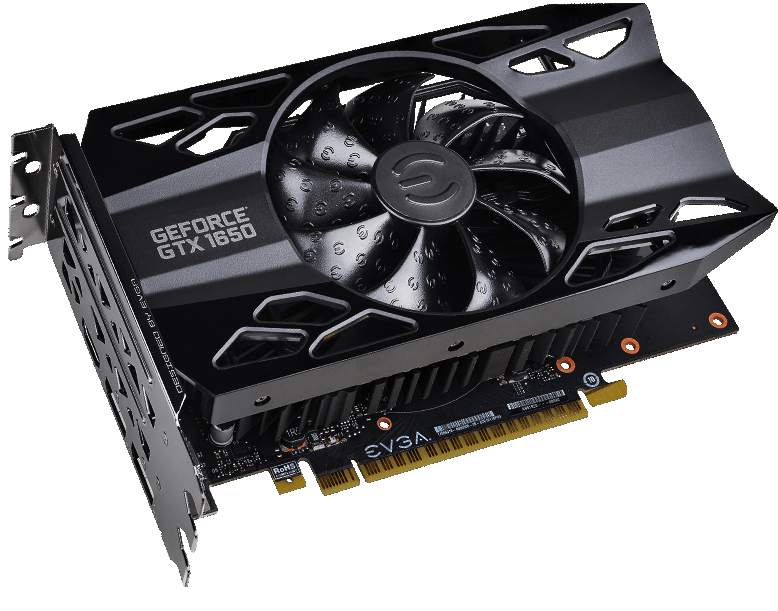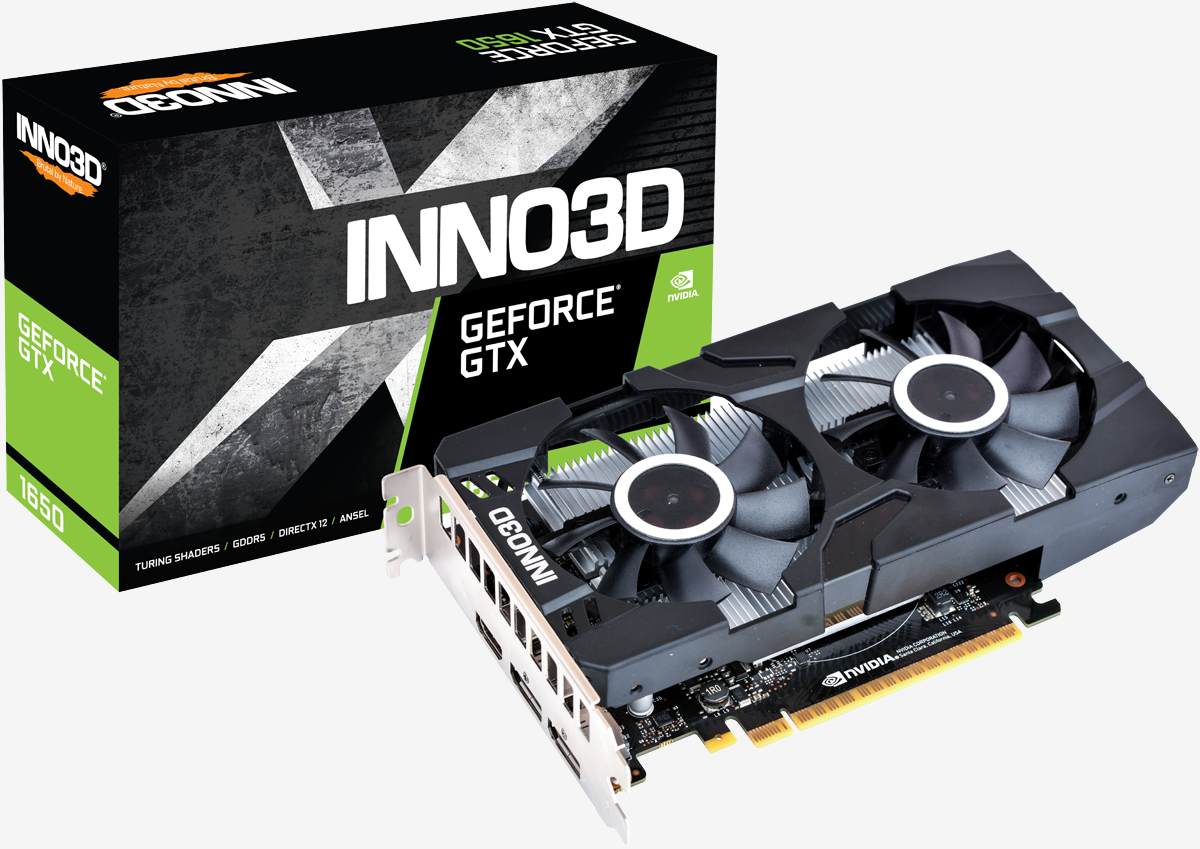In brief: Offering up to 10x the performance of integrated graphics, twice the performance of the GTX 950 and up to 1.7x the performance of the GTX 1050, the new GTX 1650 delivers modern features like adaptive shading and a unified cache architecture with larger L1 cache in an affordable package.
Update: Read TechSpot's review.
Nvidia's Turing architecture has finally trickled down to the entry level with the launch of the GeForce GTX 1650.

Based on the TU117 Turing GPU, the GeForce GTX 1650 features 896 CUDA cores, a core clock speed of 1,485MHz, a boost clock of 1,665MHz, a 128-bit memory bus and 4GB of VRAM. The GTX 1660, by comparison, has 1,408 CUDA cores, a core clock of 1,530MHz, a boost clock of 1,785MHz, a 192-bit memory bus and 6GB of GDDR5.
As referenced in yesterday's leak, most variants of the GTX 1650 don't require an external power connector thanks to the relatively low 75W TDP. As such, cards based on the TU117 GPU should be right at home in HTPCs and basic systems tasked with 1080p gaming. Our full review of Nvidia's latest will be published tomorrow so be sure to check back then for a complete rundown.

Nvidia's GeForce GTX 1650 is available from today from select add-in card providers such as Inno3D, Zotac, EVGA, Gigabyte and MSI, among others. Pricing starts at $149 and scales up based on individual feature sets.
